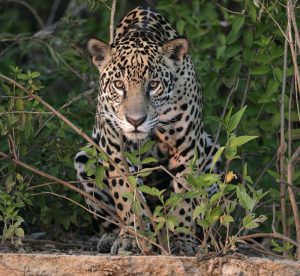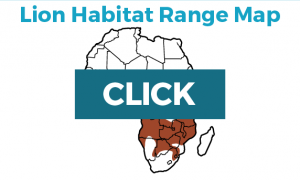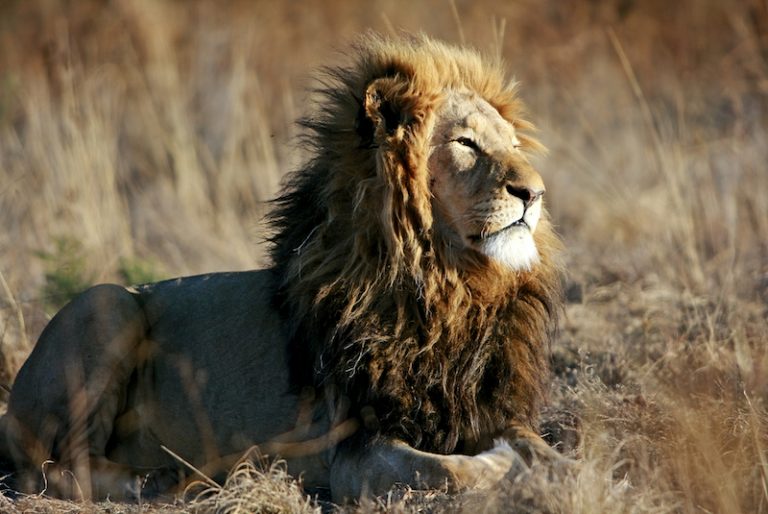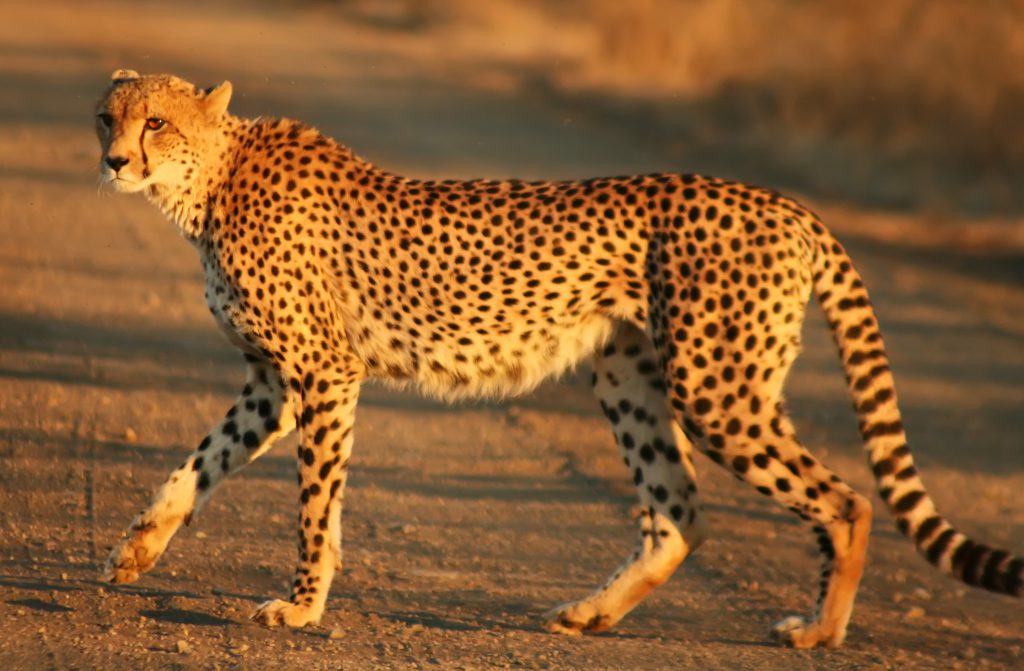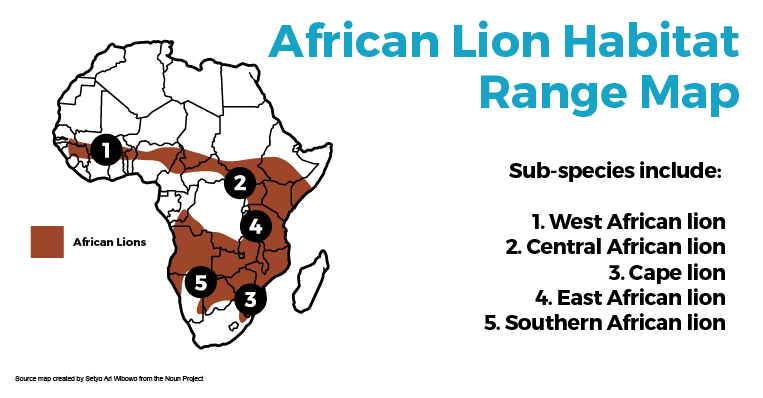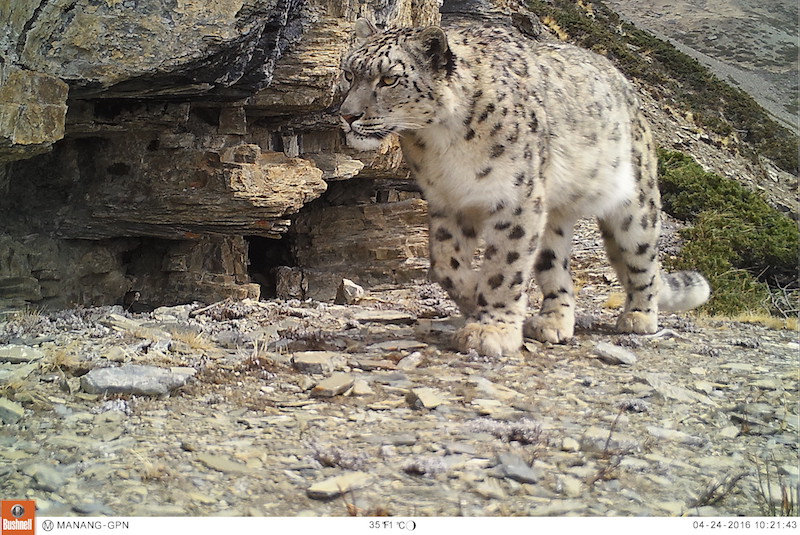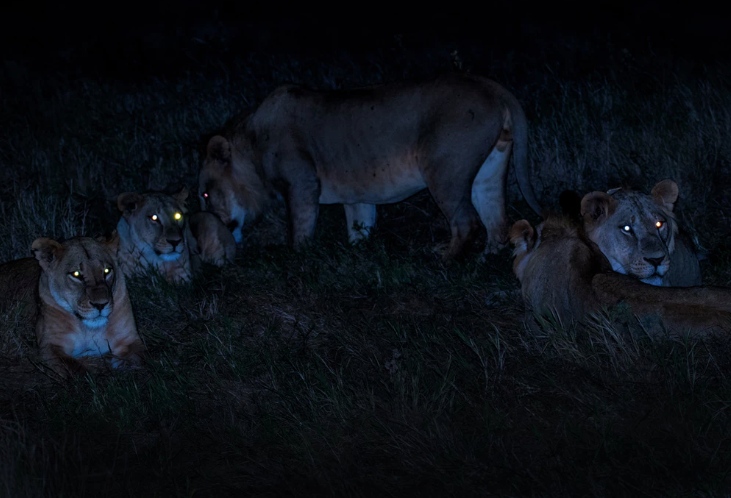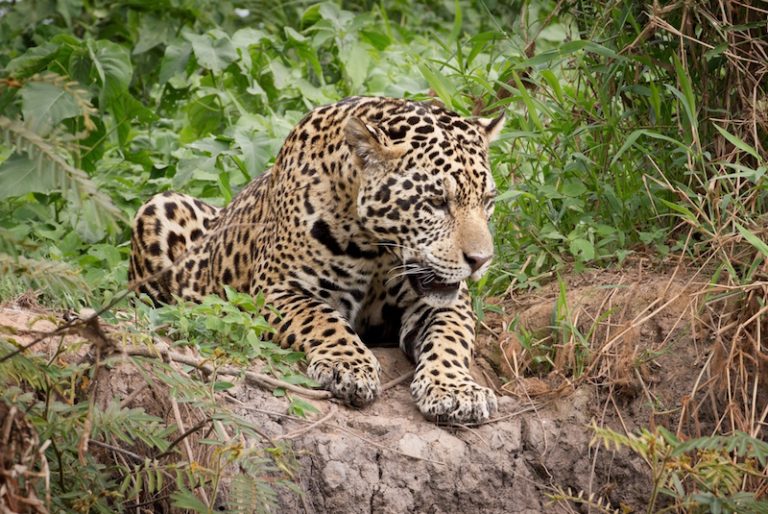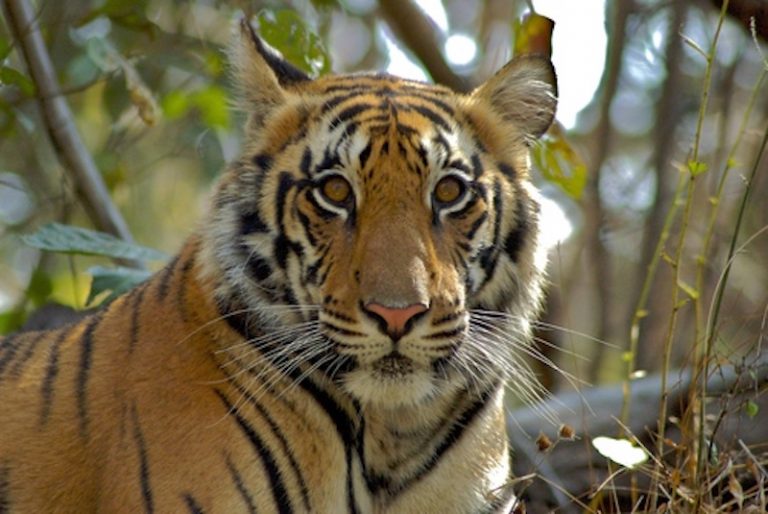Big Cat Threats
WHAT ARE THE BIG CAT THREATS?
Around the world, the main threats to big cats are as a result of human activities. Of the populations of 40 wild cat species, roughly 80 percent are now shrinking. 16 are considered vulnerable, endangered, and/or critically-endangered.
Status of Feature Species
- Tiger: Endangered
- Lion: Vulnerable
- Jaguar: Threatened
- Snow Leopard: Endangered
- Cheetah: Vulnerable
Big Cat Threats- Human Conflicts:
In many places, big cats prey on livestock as an easy source of food, causing problems with ranchers who moving into cat territories. Often these ranchers will hunt the cats to protect their livestock, which in many places is the only source of income for people.
Snow leopards, lions, cheetahs, and jaguars all face this challenging threat.
Big Cat Threats- Wildlife Trade:
Many species of cats including tigers, snow leopards, and leopards are sought after for parts of their bodies, much of which goes to China, where the use of wild animals in traditional medicine is common. In addition, snow leopards, leopards, and tigers are hunted for their coats (known as pelts).
Recently, researchers calculated that parts of up to 1,200 tigers were confiscated over a ten year period, more than 100 animals per year.
Big Cat Threats – Global Warming:
As the climate changes, big cats will need to adjust to changes in their habitat. Snow leopards are especially vulnerable to global warming as increasing temperatures melt snow at higher altitudes. As these animals follow the snow higher, the amount of prey shrinks.
Lions are affected by disease outbreaks which are exacerbated by droughts that will be increasingly common with global warming. Coastal erosion due to rising ocean levels is reducing tiger habitat in India’s Sundarbans mangrove forest.
Big Cat Threats – Loss of Prey:
As human populations grow, hunting of the main prey of cats increases. These big animals require a large amount of food to survive and as their prey declines, they need to go farther to hunt or become more likely to hunt livestock.

